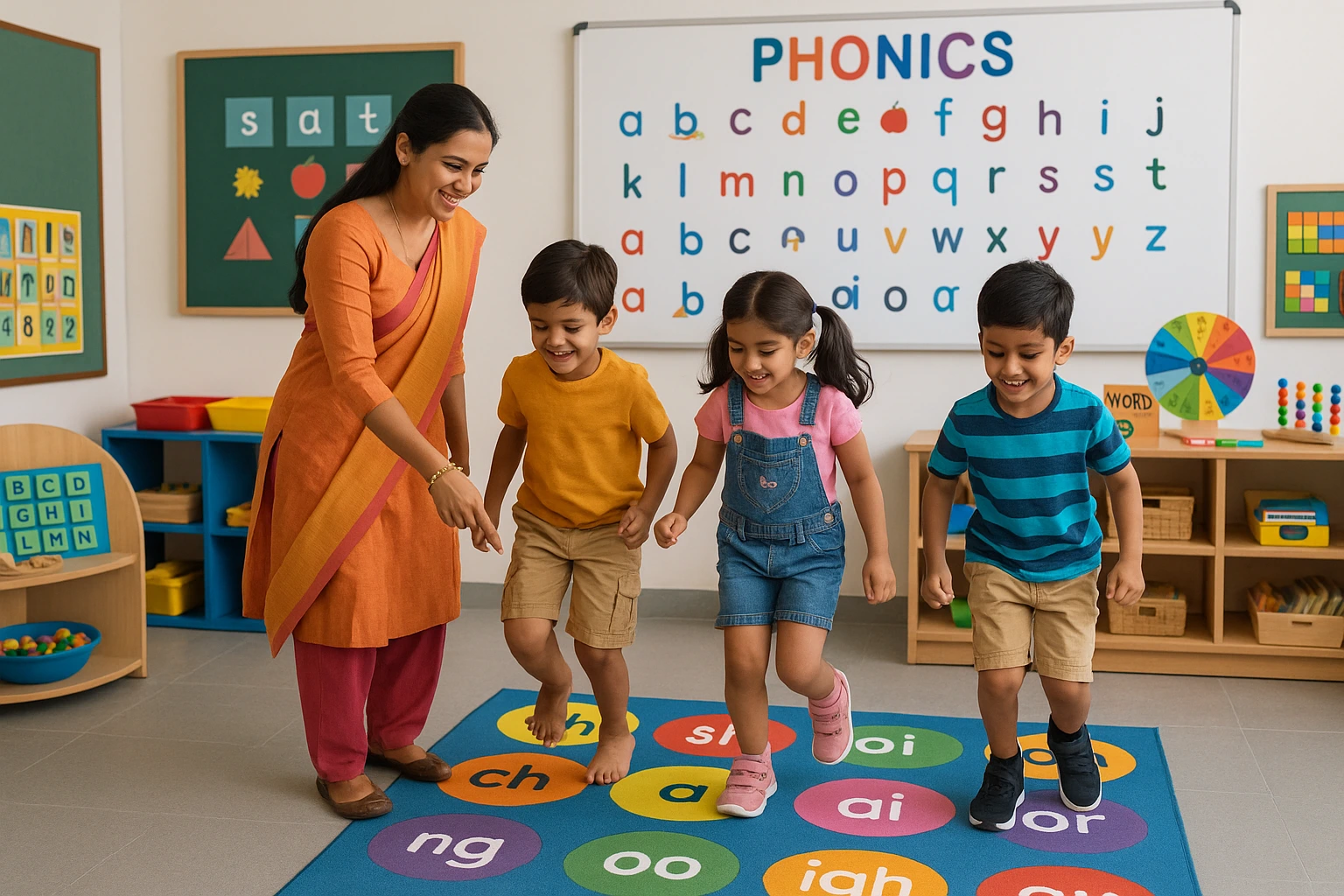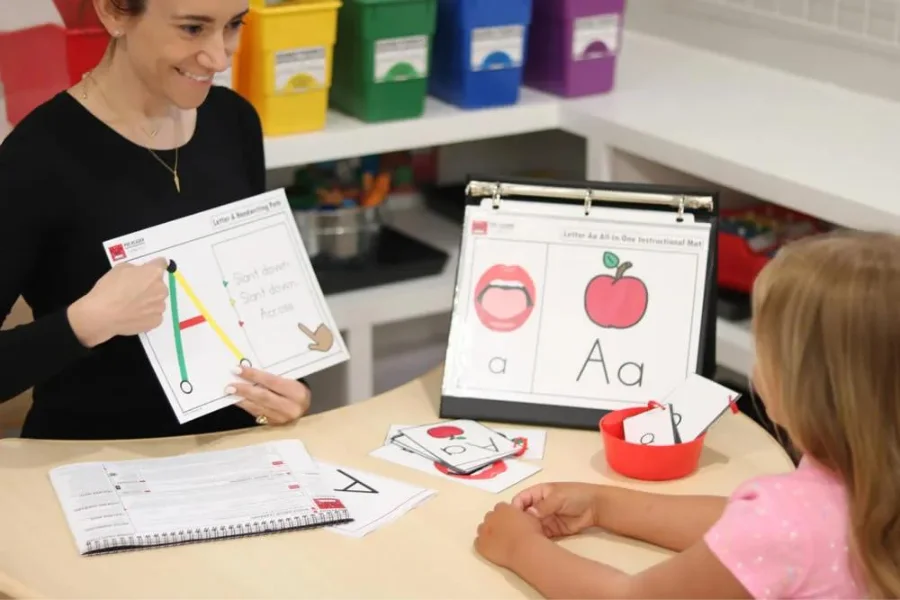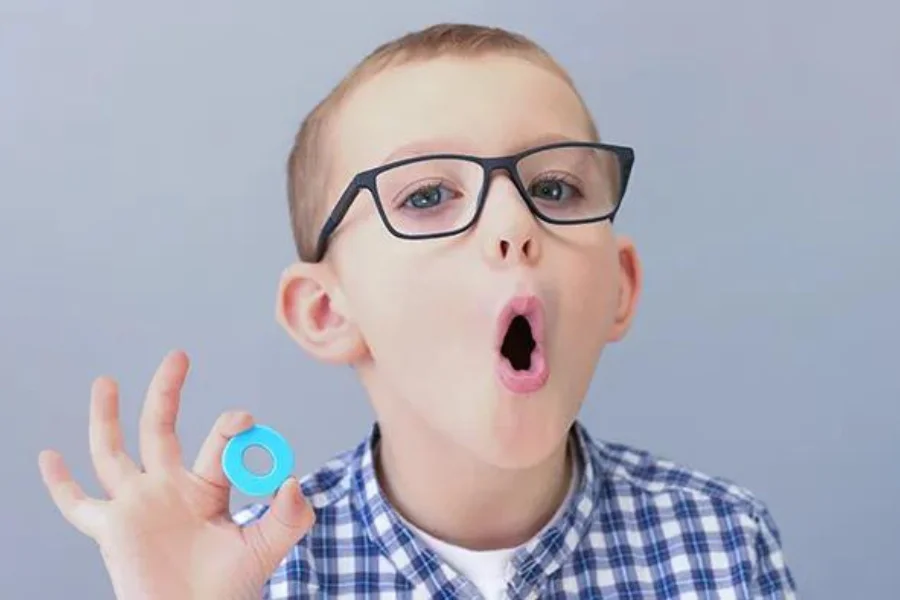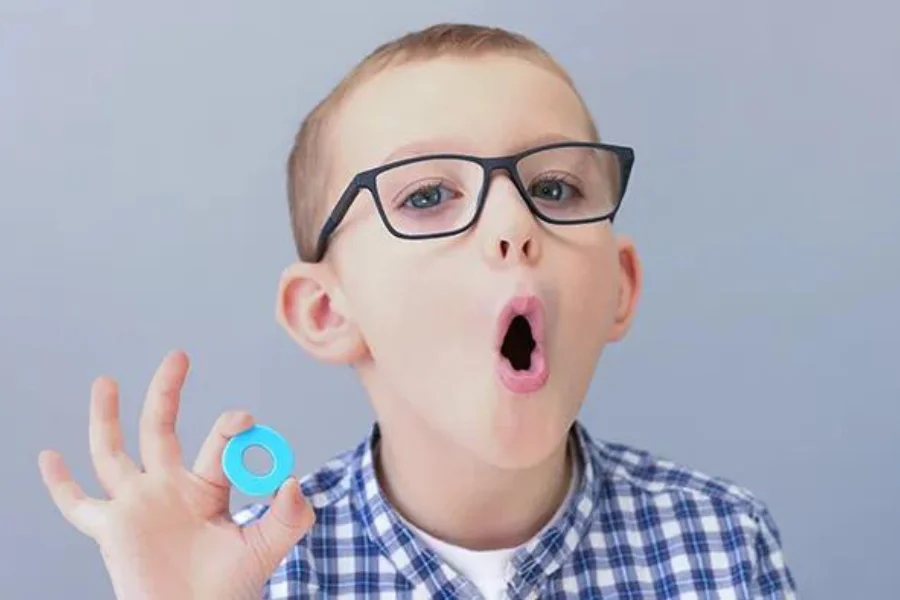How Phonics Sounds Help Early Learners Read Effectively?
Source: shutterstock
How Phonics Sounds Help Early Learners Read Effectively?
Learning to read is a significant phase for young children, and using Phonics Sounds Help Early Learners Read Effectively. By associating letters with their sounds, children begin to comprehend the structure of words. Phonics Sounds help early learners split down words into smaller parts, making it simpler to read unfamiliar words and build confidence. This approach supports strong reading habits from the outset and lays the basis for prospective learning.
Table of Content
Building Strong Reading Foundations with Phonics Sounds
Phonics Sounds guide young children to evolve into confident readers. Linking letters with their corresponding sounds prepares children to decipher words independently. This skill builds the base for eloquent reading and precise enunciation.
Click Here, to download the brochure about Phonics Course for Teachers!
For details of Phonics Course for Teachers, Call / Whatsapp on +918104606573 / +919869546913.
Building Strong Reading Foundations:
Sound Recognition
Children comprehend to determine unique sounds in words, which helps decipher unfamiliar words.
Word Decoding
Phonics Sounds facilitate children’s reading by helping them sound out words instead of memorization, thus enhancing their proficiency in developing new vocabulary.
Reading Mastery
With a consistent phonics routine, children develop proficient and more prompter reading practices, making them adept readers.
Spelling Help
Understanding Sounds of Phonics also helps children spell words more accurately by supporting sound-letter associations.
Boosting Comprehension
As decoding becomes instinctive, children can concentrate more on comprehending rather than wasting time with word recognition.
Proficiency Sounds of Phonics helps early learners acquire the skills to become eloquent, independent readers and develop an everlasting passion for reading.

Engaging Activities to Teach Phonics Sounds Effectively
Familiarizing Phonics Sounds should not feel boring or repetitive. Children retain best through play, action, and noteworthy interactions. By familiarizing phonics in interesting ways, educators can make learning both delightful and dynamic.
Below are detailed, Engaging Activities to Teach Phonics Sounds Effectively and apply them in reading and writing:
Sound Sorting Games
- Objective: Improve sound discrimination and word recognition.
- How it works: Prepare picture cards of objects (e.g., sun, sock, cat, cup, bat, ball). Ask children to sort these cards based on their beginning sounds. For example, group all words that start with /c/ together.
- Example: Group 1: sun, sock, sand Group 2: cat, cup, car
- As children practice sorting, they begin to relate specific sounds with letters and can transfer this familiarity to reading and spelling.
Letter-Sound Treasure Hunt
- Objective: Strengthen letter-sound associations through quest.
- How it works: Hide small toys, flashcards, or letter magnets around the room. Give a specific Phonics Sound (e.g., /o/). Ask children to find articles that start with that sound.
- Example: If the sound is /b/, children may collect a ball, block, or a picture of a bat.
- This activity adds movement and excitement to learning while strengthening sound recognition.
Phonics Hopscotch
- Goal: Integrate physical activity with Phonics Sound and word recognition.
- How it works: Design a hopscotch grid using chalk or tape. Write letters or blends (e.g., sh, ch, f, m) in each square. As children jump on each square, they say the sound audibly or share a word that starts with that sound.
- Example: A child jumps on ch and says “chair.” Then hops to m and says “mat.”
- This method boosts physical engagement while reinforcing phonics understanding in a playful format.
Blending Races
- Purpose: Develop word blending and decoding mastery.
- How it works: Equip children with letter cards (e.g., c, o, a, p, t, etc.) and ask them to arrange them to form simple CVC words. Time them to add an aspect of a fun contest.
- Example: Child assembles and reads: s-a-t = sat, p-i-g = pig
- This reinforces how Phonics Sounds combine to form words, building fluency in early reading.
Sound Bingo
- Objective: Match spoken sounds with letters or words.
- How it works: Prepare bingo cards with letters or blends (e.g., b, d, ch, th). Call out a sound or a word, and students mark the correct match on their cards.
- Example: The Teacher says, “/th/ as in thumb,” and the children place a marker on “th”.
- This strengthens listening skills and helps children associate spoken sounds with written forms.
Phonics Rhymes
- Purpose: Facilitates sound recollection and enunciation through rhythm and melody.
- How it works: Use catchy songs that highlight specific phonics patterns or sounds.
- Example: Sing: “B says /b/, B says /b/, every letter makes a sound, B says /b/ like ball!”
- Songs make it effortless for children to recall and produce Phonics Sounds in a fun, lyrical way.
Interactive Story Time
- Objective: Apply phonics understanding in context.
- How it works: During read-aloud sessions, pause at specified words and invite children to identify the Sounds of Phonics. Promote them to repeat the sound and guess another word with the identical sound.
- Example:
- Reading: “The cat sat on the mat.”
- Ask: “What sound do you hear at the start of ‘mat’?”
- Children respond: “/m/”
- Then say: “Can you guess another word with the /m/ sound?” (map, mop, man)
- This activity associates phonics learning literally with reading, enhancing command over Sounds of Phonics.
By using these dynamic activities, children develop a more clear understanding of the application of Phonics Sounds in both reading and writing. These interactive strategies foster zeal for learning and establish the building blocks for literacy success.

Source: littlemindsatwork
Phonics Teacher Training Course
A Phonics Teacher Training Course trains educators with practical approaches to teaching Sounds of Phonics to young learners. This course uses sounds of letters, blending methods, and decoding techniques that form the root of early reading skills. It is perfect for teachers, parents, and education specialists desiring to improve literacy results in children.
The Phonics Teacher Course by Vidhyanidhi Education Society (Govt. Regd.) offers a comprehensive curriculum that includes:
- Techniques to teach Phonics Sounds using engaging tools
- Step-by-step guidance on blending, segmenting, and word formation
- Practical classroom activities to support reading and writing development
The Phonics Teacher Course helps participants gain confidence to teach Phonics Sounds in classrooms or online formats effectively. This course comes with flexibility in time and span, making it suitable for working experts.
Through a Phonics Teacher Training Course offered by Vidhyanidhi Education Society (Govt. Regd.), educators learn to support early learners in building proficient reading aptitudes, boosting their long-term academic growth.
Master Phonics & transform young readers! Join Vidhyanidhi Education Society’s Phonics Course for Teachers today!
Click Here, to download the brochure about Phonics Course for Teachers!
For details of Phonics Course for Teachers, Call / Whatsapp on +918104606573 / +919869546913.
FAQs
How can phonics sounds improve word recognition skills?
Practicing phonics sounds helps children learn to identify sound patterns, making it effortless to read and comprehend new words quickly and accurately.
Why is phonics essential for young learners' literacy?
Phonics builds the foundation for reading and writing. Courses like the one by Vidhyanidhi Education Society train teachers to deliver strong phonics instruction.






